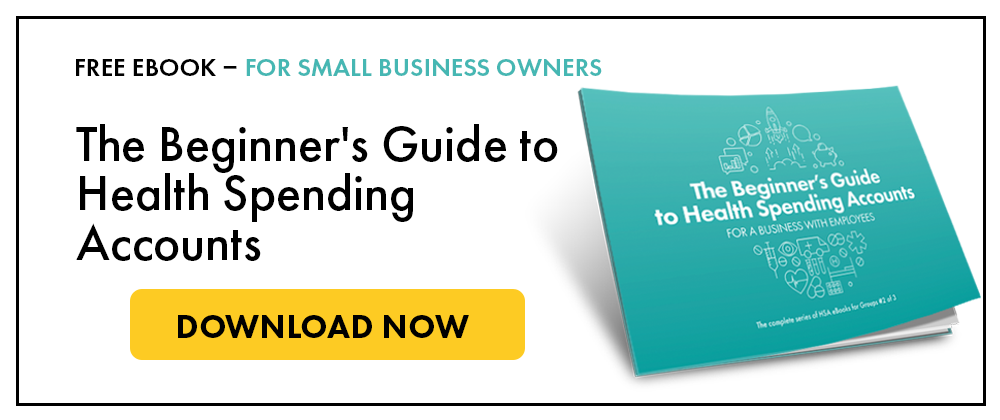What is a dividend?
Dividends are a share of profits a company distributes to shareholders. Dividends act as a signal of corporate health - think of them as a reward for investing in a growing company. Most dividends are paid in cash, while some dividends are paid in stock. Read more to learn about how dividends work.
How do dividend yields work?
The dividend yield is a measure of the company’s annual dividend divided by the stock price on a specific date. For example, a $100 stock paying $1 quarterly (or $4 annually), will have a yield of 4/100 or 4%.
How often are dividends paid?
Most dividends are paid quarterly. Some companies may elect to pay monthly but this is much less common. There can also be a special, one time dividend typically declared after a unique transaction or when excess cash is on hand.
It is important to understand the various dates involved with dividends. The declaration date is the day on which the board of directors announces the dividend. The ex date or ex dividend date marks the date when someone is no longer eligible to receive a dividend. For example, if the ex date is January 10th, shareholders who buy the stock on January 11th or after are not eligible to receive the dividend. The date of record is the day on which the company checks its records to identify shareholders of the company. The payment date is day the company issues the dividend to all holders of record.
How do dividend reinvestment plans work?
Also known as a DRIP, these programs are designed to allow the investor to automatically reinvest a cash dividend back into the company’s stock. For example, a total dividend payment of $10 could purchase two shares of a $5 stock price. The DRIP is an effective tool for compounding an investment.
How do dividends compound?
Dividends from an investment compound when a DRIP is involved. As the number of shares grows, the amount of the dividend increases which in turn allows even more shares to be purchased. The number of shares may grow significantly due to the growing and continually reinvested dividend stream.
How do dividends get paid out?
The standard practice for the payment of cash dividends is a direct deposit into your account where the investment is held. The alternative method is in the form of additional shares if there is a DRIP in place.
Should a small business owner pay themselves in dividends or wages?
As a small business owner, you may wonder if you should pay yourself a salary or dividends. When should you pay it? Is income splitting allowed? This is one of the most important financial and tax decisions you may make. The answer is subjective and you can learn more here.
How do dividends get taxed?
The treatment of dividend income can be complicated. The amount of tax you pay on dividends will depend on your income, the eligibility of the dividend, and other factors. You may be eligible to receive a federal dividend tax credit to reduce the tax you owe. Also, your standing as a business owner may impact the amount of tax you pay on dividends.
How do dividends affect stock price?
After a stock goes ex-dividend, the share price typically drops by the amount of the dividend paid to reflect the fact that new shareholders are not entitled to that payment.
Are you an incorporated professional? Consider a Health Spending Account to pay for you medical expenses through your corporation.

Are you a small business owner with employees? Discover a Health Spending Account - a tax deductible health and dental plan that has no premiums.
